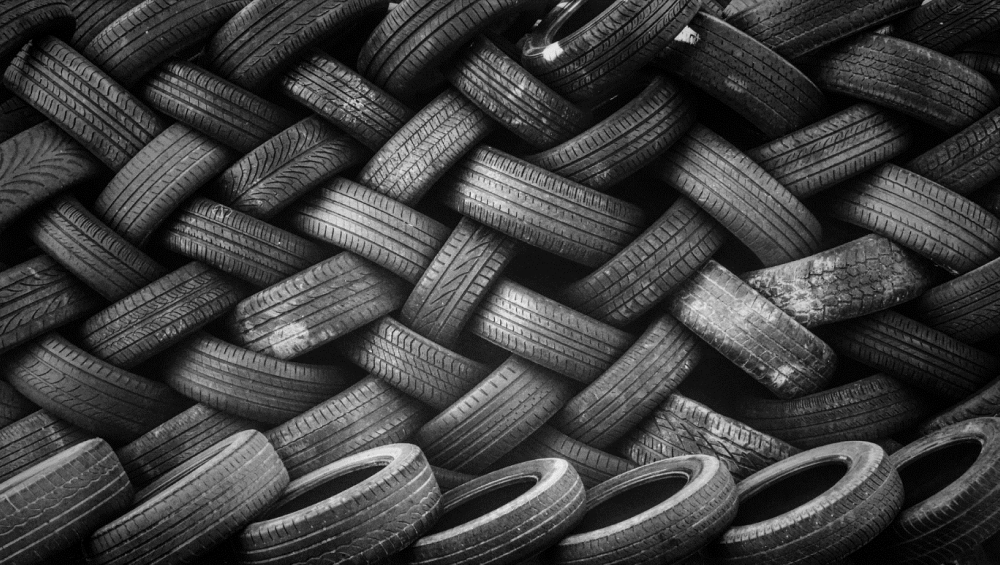About Rubber Cross-Arbitrage
Cross arbitrage involves the Import and export trading of spot goods. When a significant price difference occurs, traders will take this opportunity to make profits by importing and exporting. This large volume of movements will then rebalance the prices of both products back into equilibrium.
Cross Arbitrage opportunities are usually used for futures as the response time is faster and it is easier to apply the strategy. It is also important to note that arbitrage strategies are usually done where delivery bids are similar and the price movements of futures contracts in different markets have a very strong correlation.
The location of the exchange can affect the proportion of investments. An example of factors that can affect arbitrage include:
- Differences in contract size
- Currencies
- Change in tax rate
- Policies on domestic storage, customs policy adjustment, and industry policy changes
These factors will cause price differences amongst different exchanges in different countries.

Price Direction
Following changes and price differences, cross-market arbitrage opportunities arise.
If the latter price spread returns to the normal level, investors have the option of directly using a hedge to close their existing positions.
However, if the spread widens due to certain circumstances, it is possible to lock in profits through physical settlement.
Either way, the biggest benefit of cross-market hedging is its ability to hold a larger amount of capital, which makes it a suitable trading method for institutional investors. In comparison to other arbitrage strategies, it also holds the least risk.
Forward/Reverse Arbitrage
Forward Arbitrage happens when the trade flow and arbitrage direction are the same.
For example, going long in TSR 20 Futures in SGX while shorting TSR20 at INE is an example of forward arbitrage.
Singapore can be considered a producer of rubber products. By buying the rubber and shipping the rubber from Singapore to China to sell, the trade flow and arbitrage direction are the same.
Reverse Arbitrage is the opposite where the trade flow and arbitrage directions are reversed.
Forward Arbitrage for Rubber
For rubber, the production of TSR 20 in China is of a small volume, hence, the country is highly dependent on imports for the product. Additionally, the bonded delivery warehouses are mainly located in the main consumption area for TSR 20.
On the other hand, TSR20 delivery warehouses for SGX contracts are mainly located at FOB loading ports. The position of these ports naturally positions the nature of trade to be a forward arbitrage.
Price Spread
The fundamental of cross-market arbitrage is to find a reasonable price spread. This can be found through two main methods.
The first method is through the historical spread strategy. This is applied by the implementation of statistics to find out the periods of time in history where the price spread has happened previously. If the spread interval between periods is relatively large, then there may be a higher driving force to fill up the spread.
The second method is through the simulated delivery method. This is done based on the calculation of physical delivery to find out the reasonable price spread. For rubber varieties that have been on the market for a relatively long time, implementing the historical spread strategy for arbitrage trade will be a more effective method.
Based on the previous long-term historical cycle of the RSS3 futures contract, its statistical properties are very stable, and it follows a regular trend every year. Its price and performance started to go downtrend around the fourth quarter of the previous year and this trend usually continues until the first half of the next year. This trend can be explained by the non-standardized arbitrage model on RSS3 futures.
Traders that use the non-standardized arbitrage model usually open short positions in the fourth quarter of each year in the Shanghai Futures Exchange. Following that position, the position size gradually increases during the first half of the year. This causes a sell pressure, which lasts from the fourth quarter till the first quarter of the following year.
SHFE’s RSS3 futures would face more sell pressure than SGX’s RSS3 as arbitrageurs close out their positions in the second half of the year. Then the price ratio will gradually return to the normal level. Therefore, these historical prices spread patterns provide traders with an arbitrage strategy between domestic and international markets.
Factors Affecting Cross-Border Rubber Arbitrage
When engaging in cross-border rubber arbitrage for TSR20, it is more suitable to use the simulated delivery method to determine a reasonable price spread. Hence, it will be important to keep the following factors in mind:
- Deliverable Grades
- Trading Hours
- Delivery Points
- Delivery Unit
- Effective period
- Relevant cost of delivery
Demand and Supply of Rubber
Other than the basics of the rubber cross arbitrage between SGX and INE, it will also be important to look out for macroeconomic factors.
For example, in 2021 the weather conditions were relatively good, and the spot price was at a higher level, this led to speculations that domestic production will start earlier in the year.
From the demand side, the pandemic in Europe experienced a rebound in mid-March, and the market’s previous expectations of a recovery in foreign demand were supressed. The slowdown in Europe’s recovery also triggered concerns about rubber demand.
Therefore, these fundamentals of cross-arbitrage build the foundation of trading and can be applied accordingly depending on the chosen period of trade.
Start Trading With Orient Futures Singapore
Being an Overseas Intermediary of Shanghai International Energy Exchange (INE), Dalian Commodity Exchange (DCE), and Zhengzhou Commodity Exchange (ZCE), when foreign clients participate in internationalised futures contracts in these Chinese markets with us, they have direct access to trading, clearing, and settlement. Our parent company, Shanghai Orient Futures, is the largest broker in terms of aggregated volume across the five regulated exchanges in China.
Orient Futures Singapore also currently holds memberships at the Singapore Exchange (SGX), Asia Pacific Exchange (APEX), and ICE Futures Singapore (ICE SG).
We provide premium customer service at an affordable cost to all our clients. Our team will be there for you 24 hours on trading days to provide a one-stop portal for all your trades, with simple processes and an intuitive user interface that has low or near-to-zero latency.




